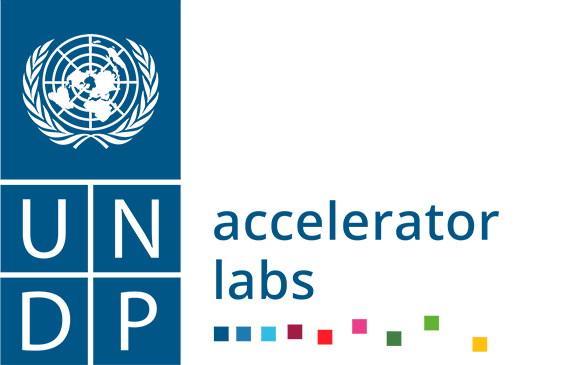A governance model for an innovation lab or unit run by diverse actors
What it does.
This tool allows you to have a governance model for an innovation unit in which the government has the lead, but the decision-making process and implementation of actions is done along with a diverse group of actors coming from the academia, private sector, civil society organizations, and cooperation. The governance model gives detail about the organization and dynamic between actors, the responsibility of each member, and financing methods for the innovation unit to be run.
Value proposition for the government/other partner and SDG alignment.
By having a decentralized and multi-actor governance model you will enable the government to have a more transparent and participatory public management. Also, this governance model will set the path for the government to have a clear working dynamic with the rest of the national innovation ecosystem in social and public matters since the it provides guidance on how to share governance with other stakeholders and form a coalition. This tool contributes to SDG 16 “Peace, Justice, and Strong Institutions” and target 16.7 “ensure responsive, inclusive, participatory and representative decision-making at all levels”.
Why and when to use it.
This tool is most useful when the government has an existence framework that enables public management to be more accountable, transparent, and open. This framework could be set by a law, an international treaty, or the generation of a new public innovation unit. Once you have identified the framework, map the actors involve, and their agendas to be able to convene these actors more easily. The governance model needs translation in the official language from Spanish.
Known issues and troubleshooting.
If the government counterpart is recently showing interest to understand and work on citizen participation and public innovation, this tool will not be as effective since it requires a higher comprehension and commitment from civil servants. To adopt this model, rather than creating one from scratch, is much faster and more efficient, but might engender less of a buy-in from local government counterparts and actors.
Context.
As a member of the Open Government Partnership (OGP), Ecuador is committed to have a more open and participatory government. In this line, as part of the OGP Action Plan 2019-2022 it aimed to have an Innovation Citizen Lab for the first time in the country. UNDP´s Acc Lab played a key role offering in 2022 technical assistance to design, implement and operate the Citizen Lab called Thinkia. The Secretariat of Higher Education and Innovation of Ecuador has the lead of this Lab and runs it along with other 7 actors from the academia (2), civil society organizations (2), other public institutions (2), and cooperation sector (UNDP). The government uses a shared and decentralized governance model for Thinkia: citizen lab to include other actors as part of the management team and decision-making process. UNDP´s Accelerator Lab elaborated the governance model proposal and supported its implementation.
Cost
USD 3,000 - 6,000
Time
To identify actors, convene, and coordinate their collaboration on a common agenda it will take 3 to 4 months.
People
To use this tool the following team members will be required:
- A person to pitch key ideas to the government to have multi-actor governance model. Also, to convene and coordinate joint work between actors and set a common agenda.
- A person to support all the logistics of the coordination work and set first drafts on a common agenda.
Focal point. Ana M. Grijalva
Country, year, and language
Ecuador, 2022, Spanish
Resources
- Governance model (Spanish)
- Blog post
- Flyer (Spanish)
- TORs for one of the team members
